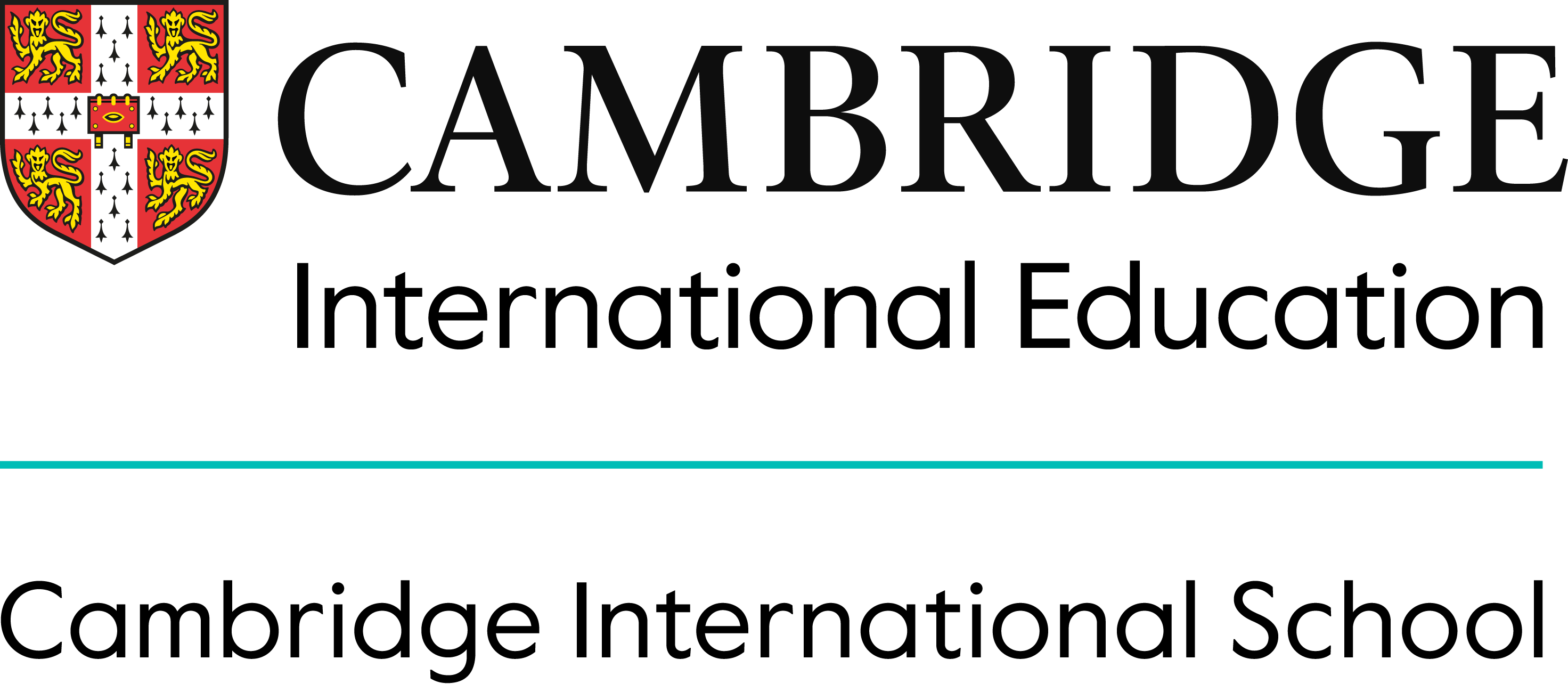 What is motivation?
What is motivation?
In the broadest sense, motivation refers to what we want, what we choose and dedicate ourselves to in order to fulfill our goals. Accordingly, understanding the cause of motivation depends on whether we understand the elements that encourage us to express interest in a phenomenon. Motivation is, by itself, deeply rooted in the emotional and social part of our personality, so finding its cause and the driving force behind it is conditioned by our behaviour, ambitions, standards and needs in the immediate environment. For example, if a teenager’s friends take up a sport, there is a chance that he – the teenager will be motivated to join them. The cause of his motivation may be multifold: he might want to be a part of the team (social motive), he might like the girls’ attitude towards athletes (emotional motive), or perhaps he sees sports as something he might excel at (success as motive).
Elements of motivation
John Keller, a scientist who has been studying student motivation for years, has also been studying conditions that lead to building an environment that stimulates student motivation. His conclusions comprise the ARCS model, which is based on a synthesis of four categories:
A (Attention)
R (Relevance)
C (Confidence)
S (Satisfaction)
When planning a class, a teacher should develop a lesson bearing in mind these four points, which, although seemingly unconnected, make up one unit towards improving and retaining student motivation.

To draw attention, particularly in the beginning of a class, a teacher can do something unexpected to inspire students to mentally interact with problem-solving activities and express their curiosity. It can be a stimulating question, an interesting photograph, or a famous song. To maintain attention at that level, it is desirable to introduce elements during class to keep refreshing interest. These involve asking additional questions, quiz questions, or “trick” questions. If we spice up the approach with a dramatic effect or the changing of intonation, the students will remain focused. For a more creative approach and more active involvement, replacing of roles can be quite inspiring – students are those who ask questions, and the teacher gives answers and affirmative comments (for example, “Good question!” or “I have never been asked that before!”).
 However, class topics sometimes do not spark any interest, primarily because they do not refer to students’ immediate environment and situations they are familiar with. The disinterest may easily turn into aversion. Lesson planning should therefore be developed in the opposite direction – by turning disinterest into relevance. This can be achieved by connecting class contents with the values students cherish, their goals in life, or academic requirements. Good results in achieving this goal are reflected in simulations, analogies, case studies, or other situations that bring class topics closer to the life itself and the students’ interests. For example, teenagers are always interested in pop music; therefore, a teacher can compare a topic with a song i.e. the lyrics of the song, thereby making a connection between interest and relevance (for example, “Do you know the song Stupid Girls by Pink? Does Scarlet’s behaviour in Gone with the Wind remind you of this song?”).
However, class topics sometimes do not spark any interest, primarily because they do not refer to students’ immediate environment and situations they are familiar with. The disinterest may easily turn into aversion. Lesson planning should therefore be developed in the opposite direction – by turning disinterest into relevance. This can be achieved by connecting class contents with the values students cherish, their goals in life, or academic requirements. Good results in achieving this goal are reflected in simulations, analogies, case studies, or other situations that bring class topics closer to the life itself and the students’ interests. For example, teenagers are always interested in pop music; therefore, a teacher can compare a topic with a song i.e. the lyrics of the song, thereby making a connection between interest and relevance (for example, “Do you know the song Stupid Girls by Pink? Does Scarlet’s behaviour in Gone with the Wind remind you of this song?”).
 To keep students motivated to focus on lessons and take an active part in implementing class plans, teachers must develop methodical approaches to help them build confidence. This is best achieved by successfully defining class goals, giving clear instructions and examples of best practices. This ensures that students know what exactly they need to do and what is expected of them. Their self-confidence draws on rewards, positive experience and favourable feedback. Achieving success by being aware of personal involvement and abilities, and not because of someone else’s decisions or as a matter of luck, can be a good way to generate motivation, mainly because of the feeling of self-actualisation. Praising students is a must when developing their confidence. This encourages them to embark on other academic endeavours just as fervently.
To keep students motivated to focus on lessons and take an active part in implementing class plans, teachers must develop methodical approaches to help them build confidence. This is best achieved by successfully defining class goals, giving clear instructions and examples of best practices. This ensures that students know what exactly they need to do and what is expected of them. Their self-confidence draws on rewards, positive experience and favourable feedback. Achieving success by being aware of personal involvement and abilities, and not because of someone else’s decisions or as a matter of luck, can be a good way to generate motivation, mainly because of the feeling of self-actualisation. Praising students is a must when developing their confidence. This encourages them to embark on other academic endeavours just as fervently.

As a psychological phenomenon, motivation requires emotional fulfillment – satisfaction, that arises from a job well done. The best way to gain it is through a system of rewards which do not have to be material, but they must relate to students’ value system. To some, verbal praise, recognition, or valuable feedback would do. Others require that the praise be materialised – as a grade, diploma, or medal. The decision what the reward will be, i.e. whether it will provide the feeling of satisfaction, largely depends on how the student feels about it. For example, if one student spends ten days working on a project for a science fair, and the other only two, and if they receive equal marks, the teacher should consider whether the same marks trigger the same feeling of satisfaction. The students are very sensitive to fair play, and an inadequate mark, however good, can affect their motivation just because it is not embellished with, say, a star or a plus.
Student motivation at International School
As knowledgeable educators, who know how to recognise each student’s educational needs, our teachers use a variety of teaching devices to make lessons attention-grabbing. They use a library with a plethora of additional materials and media libraries with audio and video clips. Adapting the learning materials to diverse learning styles, our teachers strive to develop motivation in students, which spurs them towards achieving academic goals. What’s even more important is that they develop the understanding that only true knowledge is the path to success. This is why we work hard to foster a fair attitude towards achievement amongst our students, and a moral code which does not allow for unjust marks and where effort is duly recognised.


